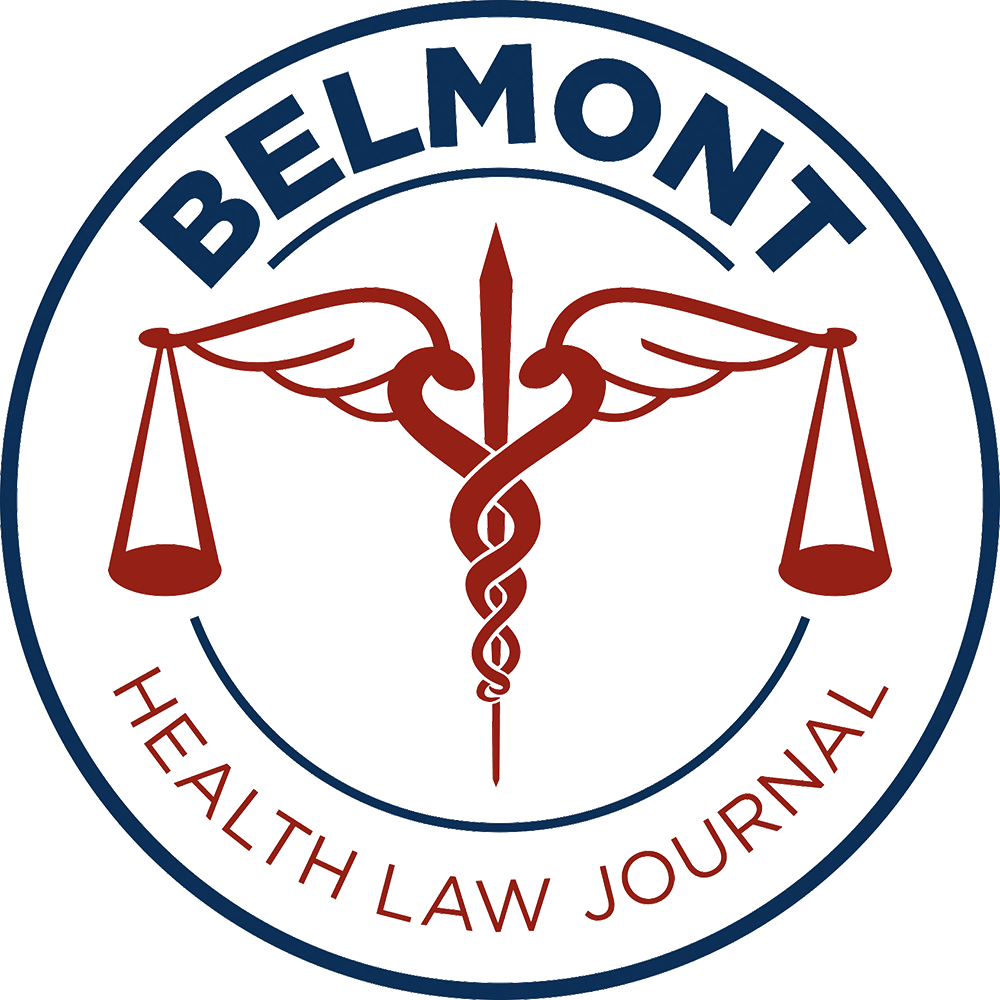Azariah Bridgewater, Belmont Class of 2024
Policymakers have two competing interests: making policies that benefit the well-being of the people and getting reelected so that they can continue to make policies that benefit the well-being of the people. These two interests compete when policymakers are looking at whether or not to fund public health interventions. policymakers who support public health interventions use taxpayer dollars for government support that could be going toward an immediate crisis, but instead, the taxpayer dollars go toward a crisis that may happen later in the future or a crisis that may never happen at all.
Through the elective democratic process, the public has the task of determining who will be its policymakers. As such, it is the public’s responsibility to measure the efficacy of current policymakers by looking at the positive and negative impacts the policymakers’ decisions have made on the public. When measuring efficacy is based on far-off events, the public has a harder time evaluating policymakers’ efficacy for the purposes of reelection.
The public is aware that public health investments are a long-term solution to latent problems. However, when a policymaker’s term is much shorter than the time it takes to see a return on policymakers’ investments in public health, policymakers are likely to feel the tension between their two, often-competing aims. To ease the tension, the public needs a clear rubric by which it may hold policymakers accountable.
Perhaps that clear rubric is this: transparent, multi-tiered project planning. For example, the success of tobacco control and prevention interventions for youth can usually be measured when the targeted youth become adults. In addition to the macro-level goal of reducing the number of adults that had ever engaged in tobacco use, the intervention program can and should measure the relative increases or decreases in tobacco use among youth of various age-ranged cohorts as compared to that same age range one, two, five, ten, or more years ago. Showing the decrease in tobacco use is an early, measurable goal with a near-immediate outcome by which the public can hold policymakers accountable.
As a public health intervention policy matures, policymakers need only continue following the transparent rubric they presented to the public. For example, after implementing the tobacco control and prevention program for five years, the program should not just show decreases in tobacco use when comparing cohorts. The program should also show data on increased percentages of youth who have never used tobacco at all. And as a twenty-year goal, perhaps the policymakers need to present the public with data on decreased instances of smoking-related lung cancer among the cohorts of youth previously targeted by the tobacco control and prevention intervention efforts.
If ever an intervention falls short of a goal, policymakers can and should reevaluate the public health intervention by modifying one of three things: (1) whether the method of intervention should be modified, (2) whether the goal by which to measure the intervention should be modified, or (3) whether the amount of taxpayer dollars devoted to the intervention should be modified. With transparent rubrics with intervals for reevaluations of public health interventions, the public is well-informed about policymakers’ decisions to invest in long-term goals. When the public is well-informed, policymakers can continue to invest in the future with less tension between their two competing interests.
Works cited:
